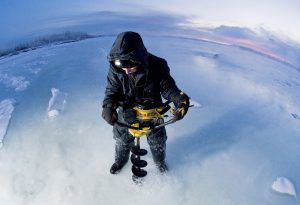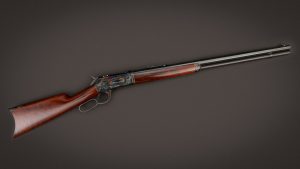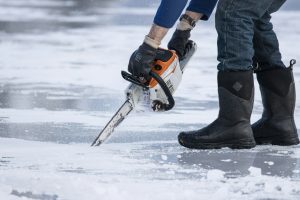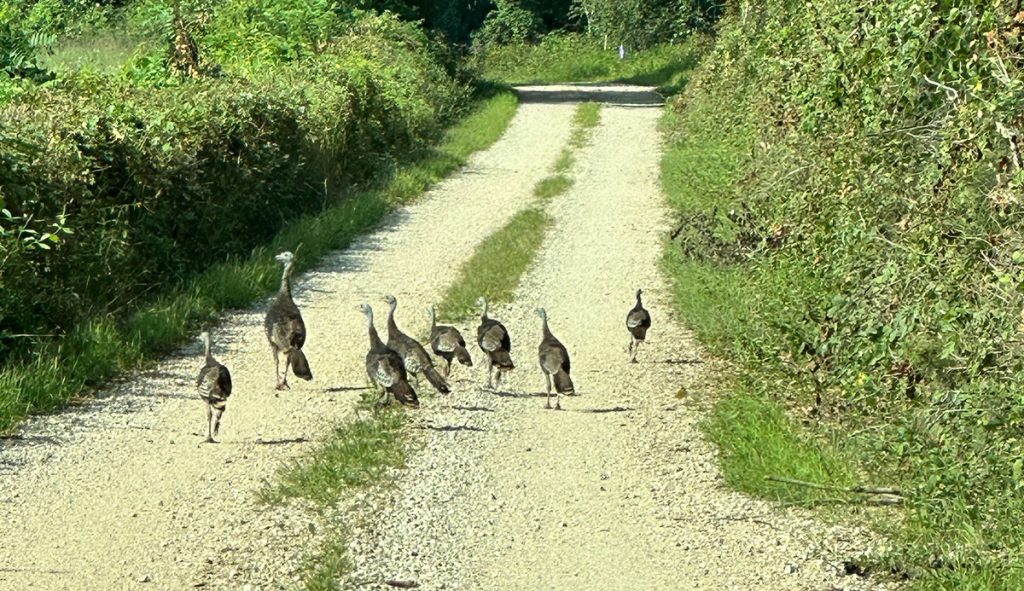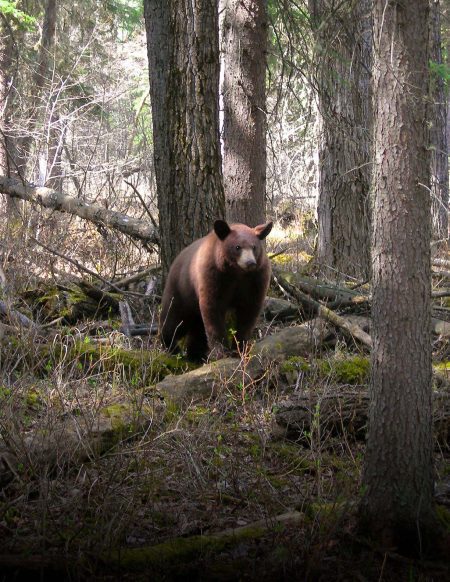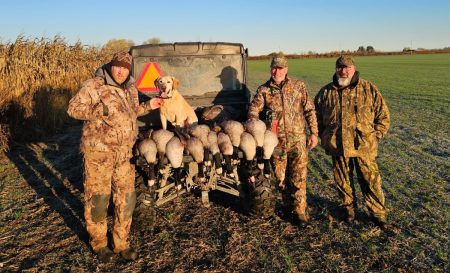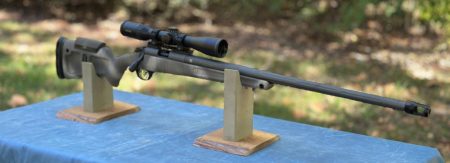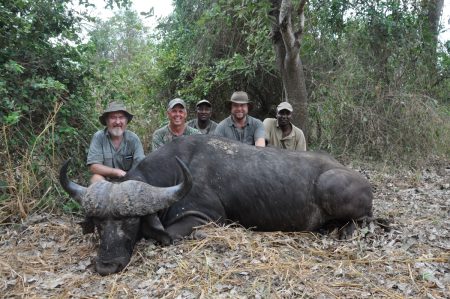In recent years, concerns have arisen among turkey hunters regarding the declining population of wild turkeys across the United States. This trend has sparked discussions among conservationists, hunters, and wildlife management agencies about the factors contributing to this decline and potential strategies for addressing it. Still, hunters often explore why the declining turkey population is a concern. Many turkey hunters wonder, what happened to our turkeys? And what can be done to improve the population before it worsens?
I was fortunate to be raised when turkey numbers in southern Missouri were at one of their highest. As a teenager, I cut my teeth by listening and scouting for turkeys each morning before school. At the first light of each morning, my buddies and I would begin the day by visiting different public land accesses where we sounded off an owl hoot in hopes that a gobbler would respond. On many occasions, we would hear twenty to thirty different gobblers each morning. Sadly, fast-forward to the last five years, and one is lucky to hear five to six toms in one area.
Another memory of higher turkey populations comes from 2016, when on a media hunt in western Oklahoma. Although we were there for a predator hunt, I was amazed at the number of Rio Grande sub-species of wild turkeys that we witnessed in three days of hunting.
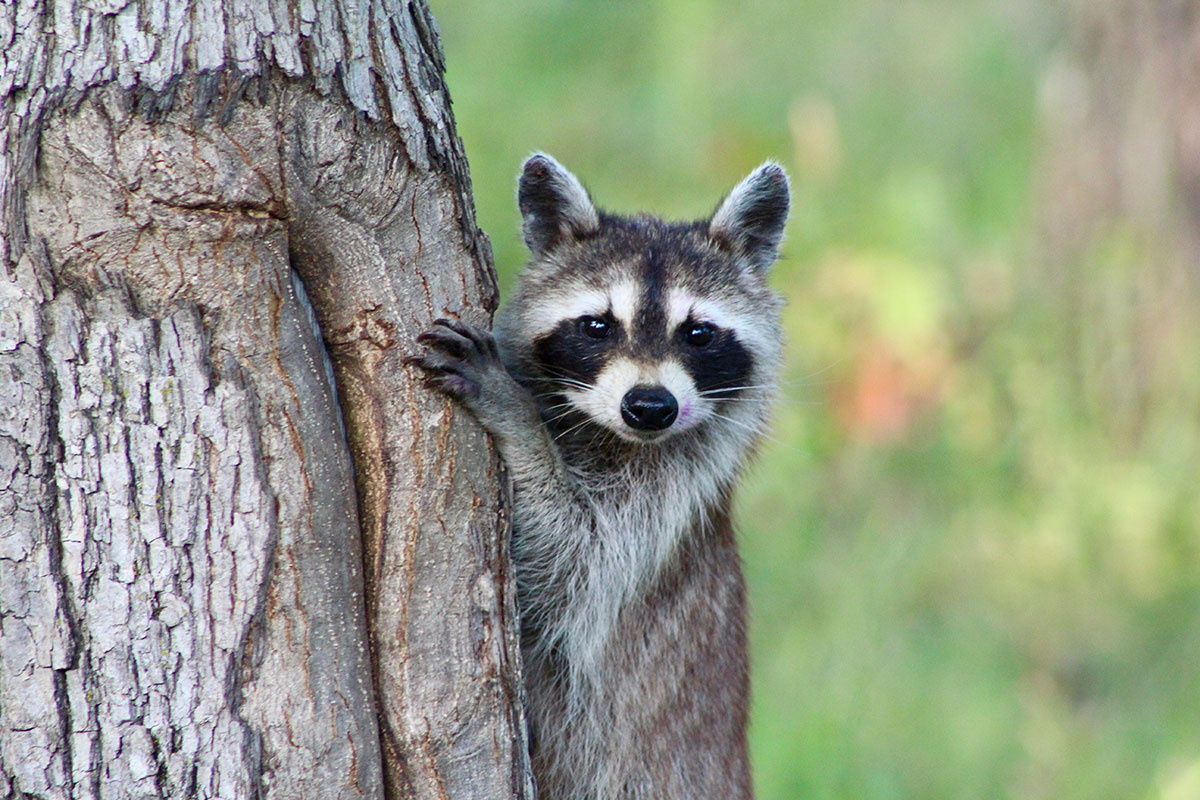
While traveling to and from different calling stands, we often saw fifty to over a hundred turkeys in each flock. Yet, the most memorable sighting was what the outfitter called the “roost tree.” The roost tree was home to over a hundred turkeys each night. Large trees scarce the flat red dirt land, causing the massive flock to all roost in the same tree. I know you’re thinking, that’s where I would be hunting. However, the roost tree was off-limits for turkey hunters to prevent turkeys from moving to a different area and to keep daily movements more predictable. Sadly, I heard that the same outfitter had his flock nearly cut in half three to four years ago. So, what is happening to all the turkeys?
To understand better, we must examine the states facing the most significant challenges, discuss changes in hunting regulations aimed at conservation, highlight the efforts of the National Wild Turkey Federation (NWTF), assess the recent hatch season, examine actions hunters can take to support turkey population recovery and then speculate on the future outlook for wild turkeys.
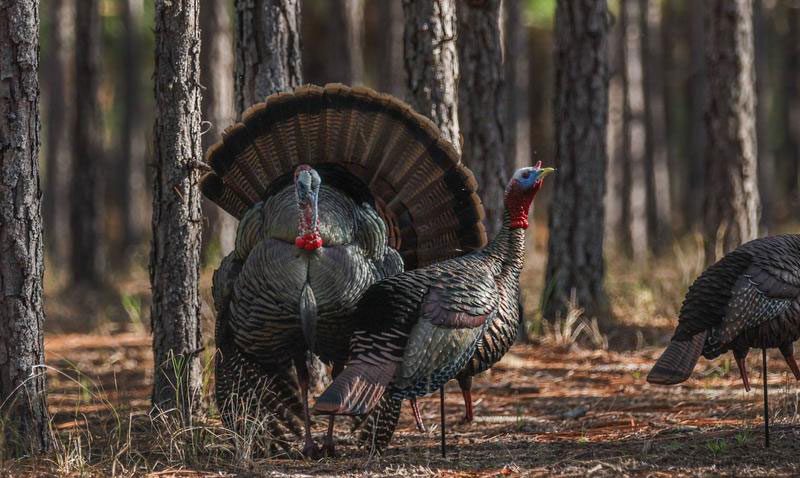
Why Declining Turkey Population Concerns Hunters
For many turkey hunters, the declining population of wild turkeys is a cause for concern for several reasons. Firstly, turkeys are a cherished game species, offering hunters a challenging and rewarding outdoor pursuit. A decline in turkey numbers diminishes hunting opportunities and threatens the cultural and recreational traditions associated with turkey hunting. In my home range of southern Missouri, I have witnessed many veteran turkey hunters hang up their vests for many seasons due to nonexistent populations in areas where they have always hunted. Wild turkeys are not only for hunters; they can play a crucial role in ecosystem health, including seed dispersal and controlling insect populations. A decrease in their numbers could harm forest regeneration and biodiversity in some worse scenarios.
States with Declining Wild Turkey Populations
Several states across the United States are grappling with declining wild turkey populations, with some regions experiencing more severe declines than others. States in the Northeast, such as New York, Pennsylvania, and Massachusetts, have reported significant decreases in turkey numbers. Factors contributing to this decline include habitat loss due to urbanization and agricultural expansion, increased predation, diseases such as avian pox and avian influenza, and adverse weather conditions impacting nesting success and chick survival rates.
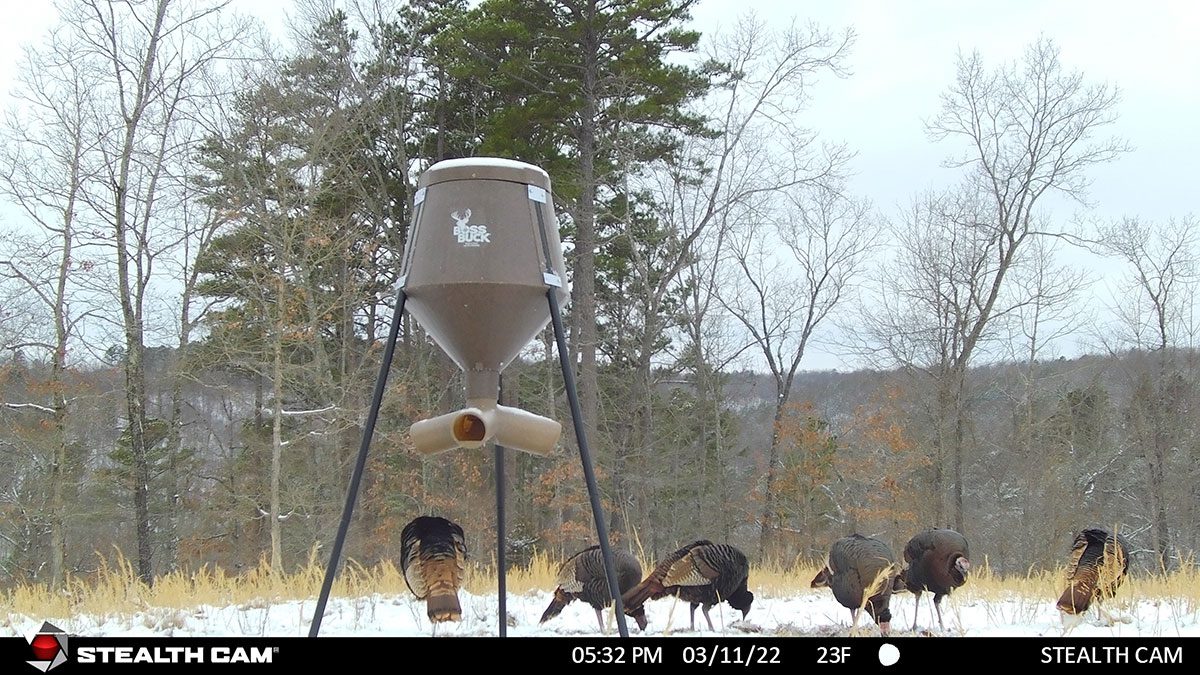
Changes in Hunting Seasons and Bag Limits
Many states have changed hunting seasons and bag limits to address the decline in wild turkey populations. These measures aim to reduce hunting pressure on turkey populations and allow them to recover. For example, some states have shortened hunting seasons or reduced bag limits to ensure sustainable harvest levels. Wildlife management agencies have also introduced regulations to protect breeding hens during the spring season, which is critical for maintaining healthy population numbers. Kansas recently canceled fall hunting season, and Nebraska and Oklahoma have reduced bag limits. Missouri has reportedly eliminated turkey permits for fall archery hunters, who usually could harvest two birds of either sex. It is easy to see declining turkey populations are widespread across the United States.
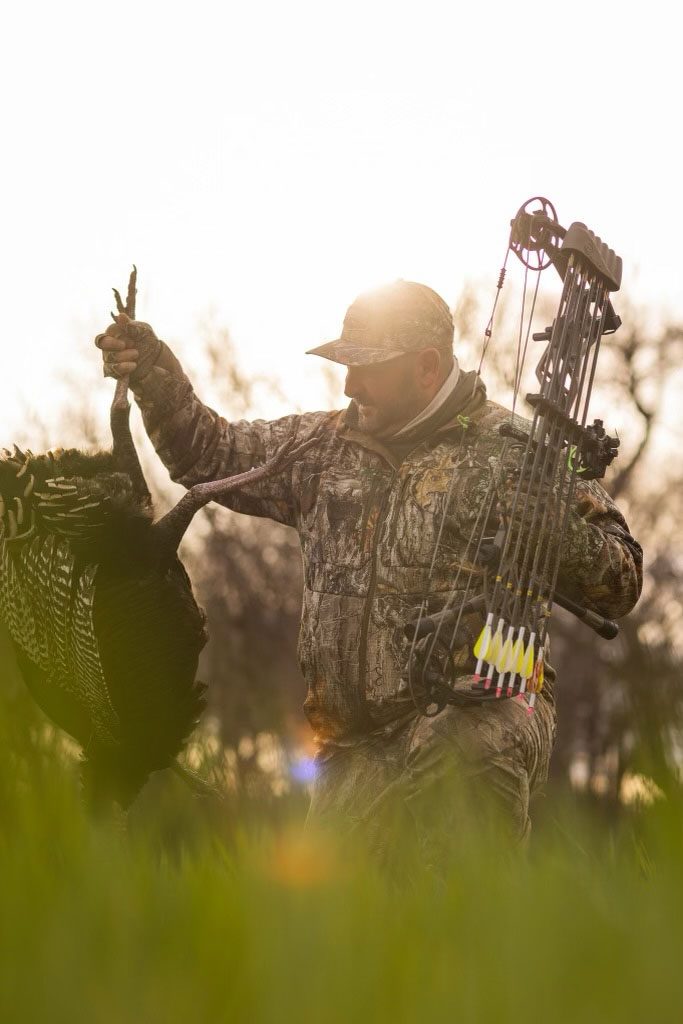
How Do Turkey’s Populations Look at the Present?
Over the past summer and fall seasons, I have spoken with numerous hunters who have encountered more baby poults during the summer. Working at a retail hardware store full-time in a small town allows me to interact with various people daily. Many of our customers are from the small-town area and hunt themselves. Luckily, the daily topic of conversation often revolves around deer, turkeys, and hunting, so I often hear, “I saw a flock of turkeys” or “I saw several baby turkeys today.” By simply listening to others, it is easy to determine we had a good hatch of turkeys this year in southern Missouri. As for myself, on several occasions, while checking game cameras this summer, I witnessed two different flocks that had several poults in each bunch. Throughout the fall hunting season, I saw the two flocks again, and the poults looked as if they were growing and healthy. Another great sign was capturing a group of six longbeards several times on camera and obtaining reoccurring pictures of five jakes. These two sightings have encouraged me for the upcoming spring season. Is this the first sign of a comeback?
The success of the recent hatch season plays a crucial role in determining the future trajectory of wild turkey populations. A better hatch season can increase recruitment and population growth, helping offset recent declines. While hatch success varies by region and is influenced by weather conditions and habitat quality, early indications suggest that many areas have experienced improvements in nest success rates and chick survival over the past year.
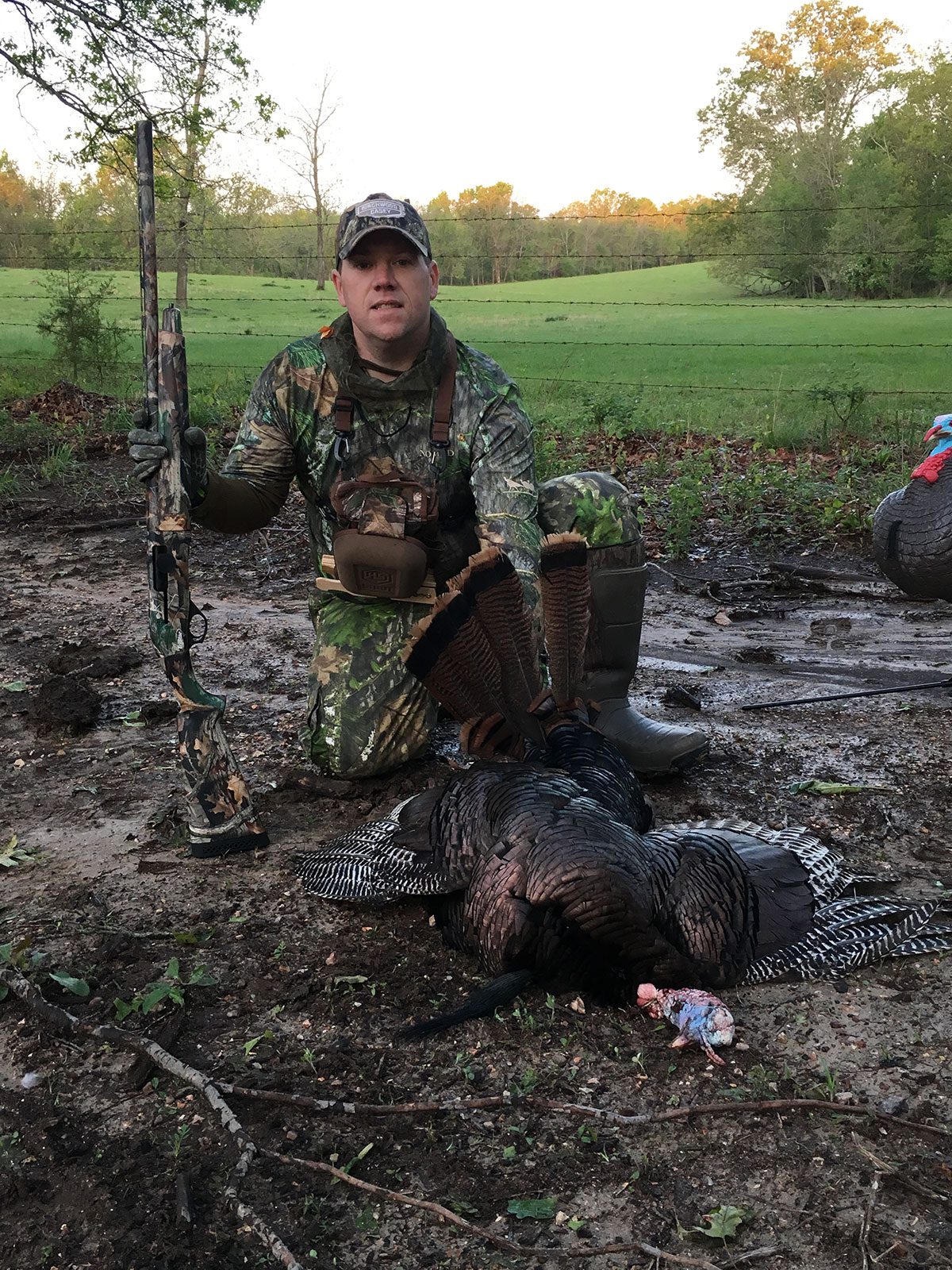
What Can Be Done to Help Further?
Even though many hunters across the United States experienced better hatch rates over the past year, you cannot snap a finger and hope higher populations are back. Unfortunately, it takes time to rebuild. However, with the help of hunters and wildlife organizations, improvements are happening, and things are moving in the right direction.
Efforts by the National Wild Turkey Federation
The National Wild Turkey Federation (NWTF) has been at the forefront of conservation efforts to support wild turkey populations across the United States. The NWTF works hard to improve habitat quality and address the various threats facing wild turkeys through habitat restoration projects, research initiatives, and advocacy efforts. The organization also collaborates with state wildlife agencies, landowners, and local communities to implement conservation programs and promote public awareness about the importance of turkey conservation. Join today at www.nwtf.org
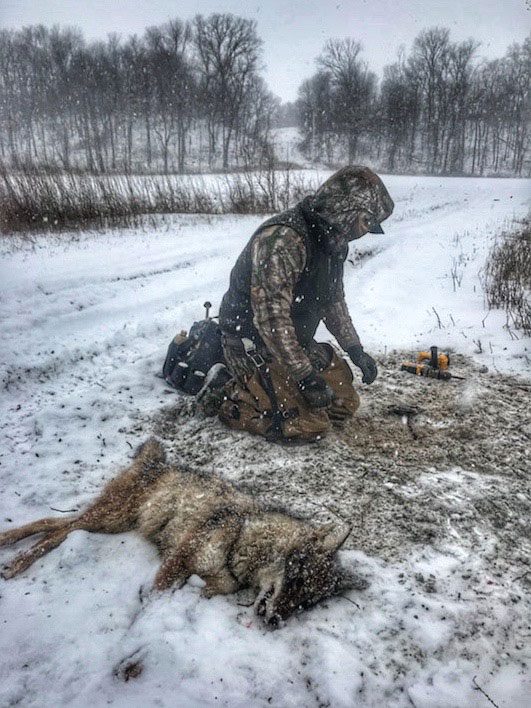
Actions Hunters Can Take to Support Turkey’s Population Recovery
Hunters can significantly support turkey population recovery through various conservation efforts on their farms and hunting lands. Implementing predator management strategies, such as trapping or hunting predators like raccoons, foxes, and coyotes, can help reduce predation pressure on turkey nests and young birds. Nesting predators such as raccoons and opossums have been one of the most significant targets for improving turkey poult survival rates. These nesting predators are notorious for robbing the nest of eggs before they have a chance at hatching. On many occasions, the mama hen has also been killed when a predator attempts to steal her eggs. In the past decade, fur prices have declined dramatically, resulting in fewer trappers and predator hunters. The recent decline in turkey populations proves that hunting and trapping aren’t for the pleasure of making the harvest; they are essential in wildlife management. Another confirmation that we’re on the right track is that the recent hatch improved when landowners realized that trapping and predator hunting must continue.
Additionally, habitat improvement projects, such as creating brush piles, planting native vegetation, and maintaining early successional habitats, provide essential nesting and foraging habitat for turkeys. Hunters can plant food plots with turkey-favored plants, such as chuffed, to help keep turkeys thriving.
Though it isn’t ideal now, respecting different states’ efforts by limiting bag limits during the spring and fall seasons will help populations grow back much faster. I talked with hunters in Missouri who harvested their first gobbler last spring and then called it good. Even though the spring bag limit is two birds, they were happy with one and done. This correctly shows how hunters care and respect the animals they pursue.
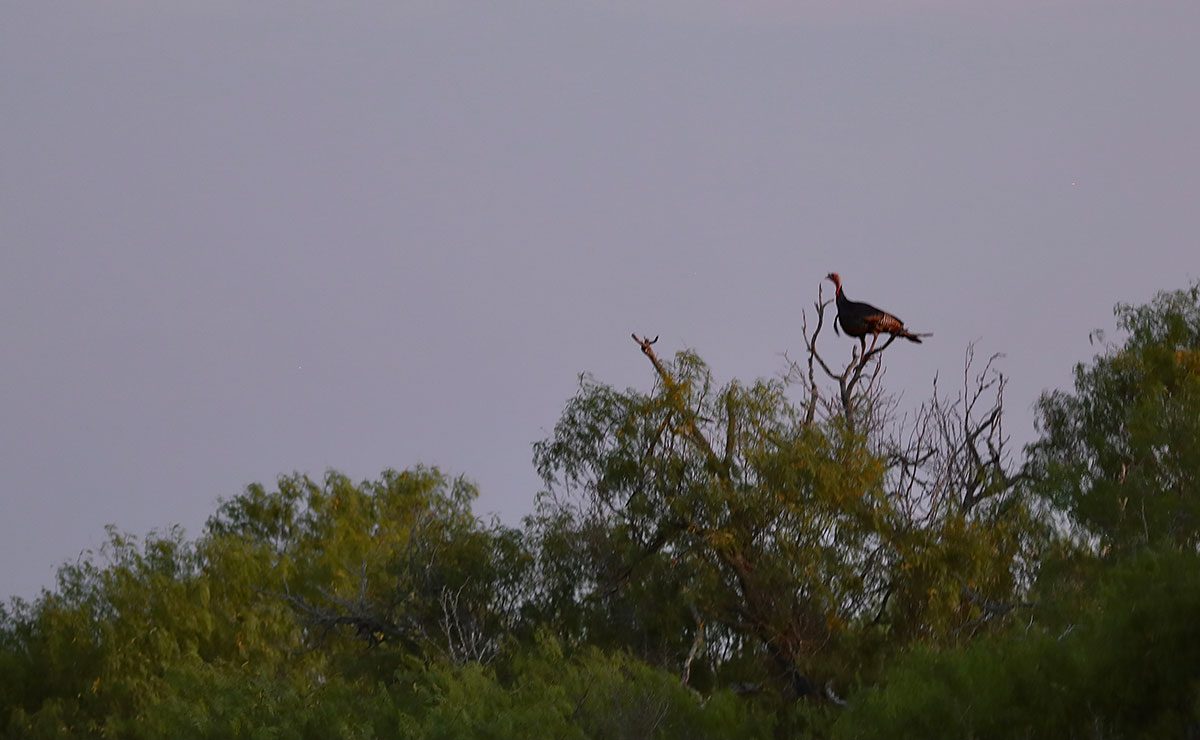
The Future Outlook for Wild Turkeys
The future outlook for wild turkeys depends on the collective efforts of hunters, conservation organizations, and wildlife management agencies to address the various challenges facing turkey populations. While the decline in turkey numbers is concerning, there is hope that targeted conservation measures, such as habitat restoration and predator management, can help stabilize populations and promote recovery. Continued research and monitoring efforts will be essential for identifying emerging threats and adapting conservation strategies accordingly.
The declining population of wild turkeys in the United States poses significant challenges for hunters, conservationists, and wildlife management agencies. By understanding the factors contributing to this decline and implementing targeted conservation measures, we can work together to ensure the long-term viability of wild turkey populations. We can protect this iconic species through collaboration and collective action for future generations to enjoy and appreciate in the wild.
Per our affiliate disclosure, we may earn revenue from the products available on this page. To learn more about how we test gear, click here.

